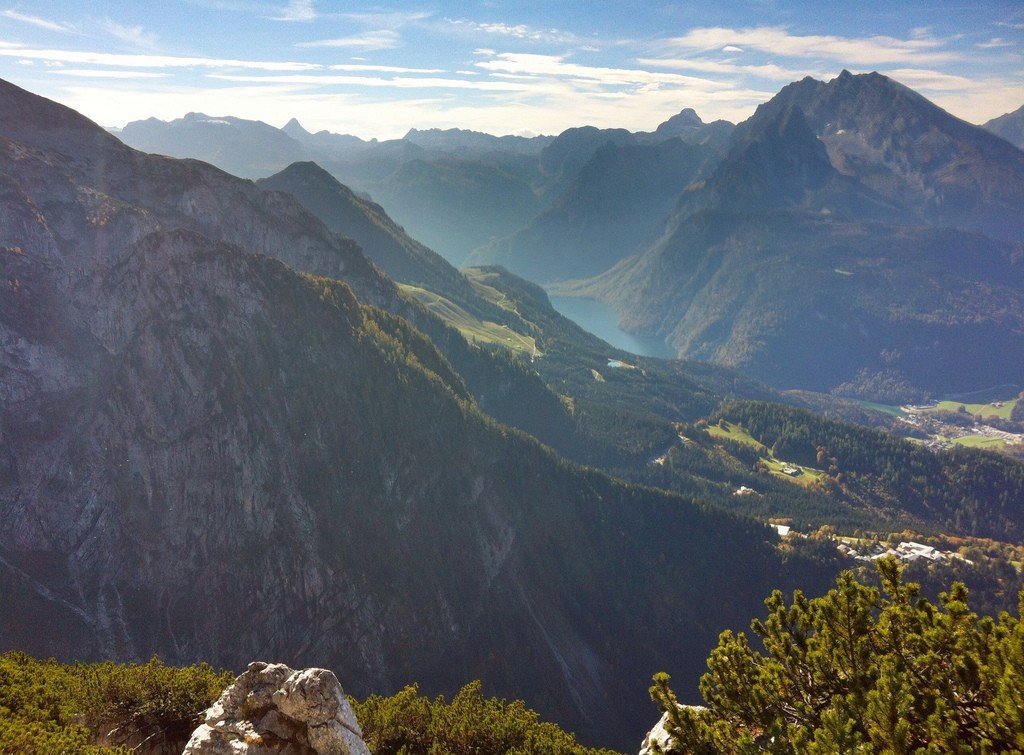Berchtesgaden National Park
Berchtesgaden National Park, Germany’s only alpine national park, is located in the southeastern part of the country in Bavaria, on the border with the Austrian state of Salzburg. The high-altitude landscape is characterized by dense forests, rocky cliffs, deep gorges and glaciers – idyllic valleys with pastures complete the picture.










General information
The Alpine regions of the south have belonged to the territory of Bavaria since the early Middle Ages, when numerous mountain villages, including Berchtesgaden, were settled in the eleventh and twelfth centuries.
The national park covers an area of 210 square kilometers, including the Watzmann mountain range, whose mountains rise to an impressive height of 2,713 m, and the Konigsee, a stunning 5.2 square kilometer glacial lake surrounded by majestic mountains. The royal families of Bavaria were particularly fond of visiting here. The “Eagle’s Nest” is a residence built as a gift for Hitler’s fiftieth birthday and offers wonderful views of the valley. Tourists are also attracted by the remains of Hitler’s residence in Oberzalzburg.To the north of the national park lies the town of Berchtesgaden, whose history dates back to 1102. The town was ruled by Austrians, French and Bavarians. The salt mines attract up to 40,000 visitors a year.
>The national park, proclaimed a UNESCO Biosphere Reserve in 1990, is known for its populations of chamois, roe deer, red foxes and white-headed vultures. Bearded lambsquarters, golden eagles, and snow finches are less commonly seen.
